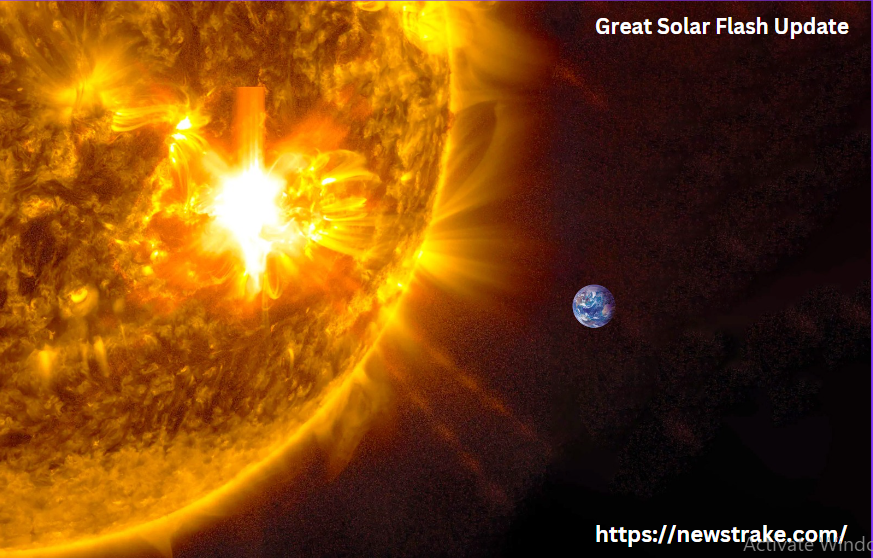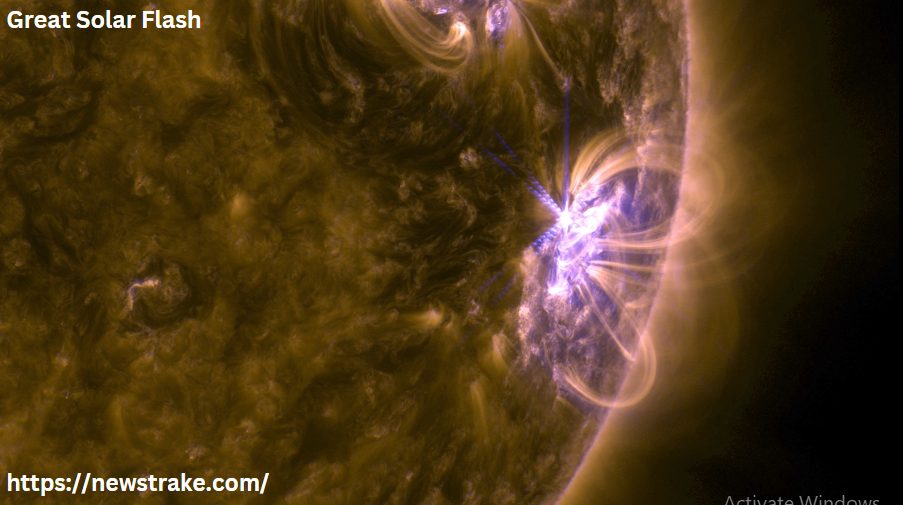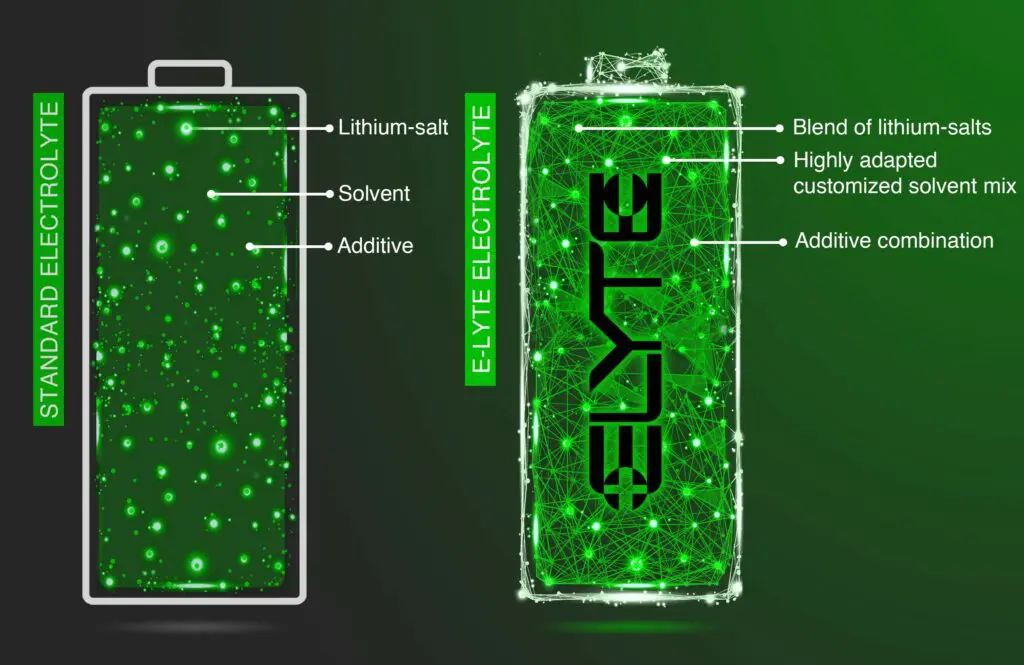Great Solar Flash: What You Need to Know

Introduction to Great Solar Flash
The Great Solar Flash, a term that sparks both curiosity and apprehension, is often discussed in both scientific and metaphysical circles. Understanding this phenomenon is crucial as it ties into our planet’s well-being and potentially our future. But what exactly is a Great Solar Flash, and why should you care?
What is the Great Solar Flash?
The Great Solar Flash refers to an intense burst of energy emitted by the Sun, characterized by a sudden increase in brightness and a massive release of electromagnetic radiation. This event is sometimes linked to significant changes on Earth and in human consciousness, often depicted in various cultural and religious contexts as a transformative moment.
Scientific Basis
Solar Activity and Solar Cycles
Our Sun goes through approximately 11-year cycles of activity, known as solar cycles. These cycles encompass periods of high and low solar activity, marked by the number of sunspots visible on the Sun’s surface. During periods of high activity, the likelihood of solar flares and coronal mass ejections (CMEs) increases, which could lead to phenomena like the Great Solar Flash.
What Triggers a Solar Flash?
Solar flashes are triggered by the complex interplay of magnetic fields on the Sun’s surface. When these fields twist and snap, they can release enormous amounts of energy in the form of solar flares. If a particularly large and intense solar flare occurs, it might be referred to as a Great Solar Flash.
Astrophysical Perspective
Role of the Sun in the Solar System
The Sun, as the central star of our solar system, is the primary source of energy for all life on Earth. It governs the climate, weather, and conditions necessary for sustaining life. Understanding the dynamics of the Sun is vital for predicting and preparing for solar events.
Energy Release and Potential Impact on Space
A Great Solar Flash would release vast amounts of energy, potentially affecting not just Earth but also other bodies within our solar system. The release could disrupt satellites, space missions, and even the operations of the International Space Station (ISS).
Predictions and Prophecies
Throughout history, various cultures and religions have prophesied significant solar events. Some interpretations suggest that a Great Solar Flash could signal the end of an era or the beginning of a new age. While these prophecies add an intriguing layer, they should be approached with a critical mind.
Potential Effects on Earth
Immediate and Long-Term Impacts
A powerful solar flash could have several immediate impacts, including geomagnetic storms that disrupt communication systems, navigation, and power grids. Long-term effects might include changes in climate patterns and disruptions to Earth’s magnetic field.
Geomagnetic Storms and Technological Disruptions
Geomagnetic storms resulting from solar flares can induce currents in power lines, potentially causing widespread blackouts. They can also affect GPS signals, aviation routes, and even the health of astronauts in space.

Solar Flash and Human Consciousness
Theories Linking Solar Activity to Human Evolution
Some theories propose that solar activity, including events like the Great Solar Flash, could influence human evolution and consciousness. These theories suggest that the increased energy could trigger shifts in awareness and accelerate spiritual growth.
Spiritual and Metaphysical Perspectives
Many spiritual traditions view the Great Solar Flash as a catalyst for transformation, believing it could elevate human consciousness to a higher state. While these perspectives are speculative, they highlight the profound impact such events could have on human beliefs and behaviors.
NASA and Scientific Community’s View
Current Research and Monitoring Efforts
NASA and other space agencies continuously monitor solar activity to predict and prepare for potential solar events. Advances in technology have improved our ability to detect and understand solar flares, aiding in the development of strategies to mitigate their effects.
Statements from Leading Scientists
Leading scientists acknowledge the potential risks posed by solar flares but emphasize the importance of ongoing research and preparedness. They advocate for international cooperation to develop robust response strategies.
Historical Solar Events
Notable Past Solar Flares and Their Impacts
Historical records of significant solar flares, such as the Carrington Event of 1859, provide valuable insights. The Carrington Event caused widespread telegraph system failures and auroras visible as far south as the Caribbean.
Lessons Learned from History
Studying past solar events helps us understand the potential severity of future occurrences and underscores the need for preparedness. These lessons are crucial for developing effective mitigation strategies.
Technological Preparations
How We Can Prepare for Solar Events
Preparation involves hardening infrastructure against solar-induced currents, developing backup systems, and creating contingency plans for power and communication failures. Regular drills and simulations can also help improve response times.
Mitigating Risks to Infrastructure
Investing in technology that can withstand solar events, such as radiation-hardened satellites and robust power grids, is essential. Policies to protect critical infrastructure can significantly reduce the impact of a Great Solar Flash.
Environmental Impact
Effects on Climate and Weather Patterns
Solar activity can influence Earth’s climate and weather patterns. A significant solar flash could potentially alter these patterns, leading to unusual weather events or long-term climatic shifts.
Long-Term Ecological Changes
Changes in climate and weather due to solar activity could have profound effects on ecosystems. Understanding these potential impacts is vital for environmental conservation efforts.
Global Response Strategies
International Cooperation and Preparedness
A coordinated global response is necessary to effectively handle the aftermath of a Great Solar Flash. This includes sharing data, resources, and strategies to mitigate the impacts on a global scale.
Policy-Making and Global Awareness
Governments and international bodies must work together to create policies that promote resilience and preparedness. Public awareness campaigns can educate people about the risks and necessary precautions.
Public Awareness and Education
Importance of Spreading Knowledge
Educating the public about solar activity and its potential impacts is crucial. Awareness can lead to better preparedness and a more resilient society.
How to Stay Informed and Safe
Staying informed through reliable sources like NASA’s website and other scientific organizations can help individuals and communities stay safe. Practical tips and emergency plans should be widely disseminated.
Myths and Misconceptions
Debunking Common Myths
There are many myths surrounding the Great Solar Flash, such as it signaling the end of the world. It’s important to rely on scientific evidence rather than sensationalism.
Separating Fact from Fiction
Understanding the science behind solar activity can help dispel fears and misconceptions. Facts based on research and expert opinions should guide our understanding.
Conclusion
Understanding the Great Solar Flash is not just about preparing for a rare astronomical event; it’s about recognizing the interconnectedness of our planet and the broader cosmos. By staying informed, investing in technological resilience, and fostering global cooperation, we can mitigate the potential impacts of such events. As we continue to explore and understand our universe, the Great Solar Flash remains a fascinating and important topic.




Leave a Comment